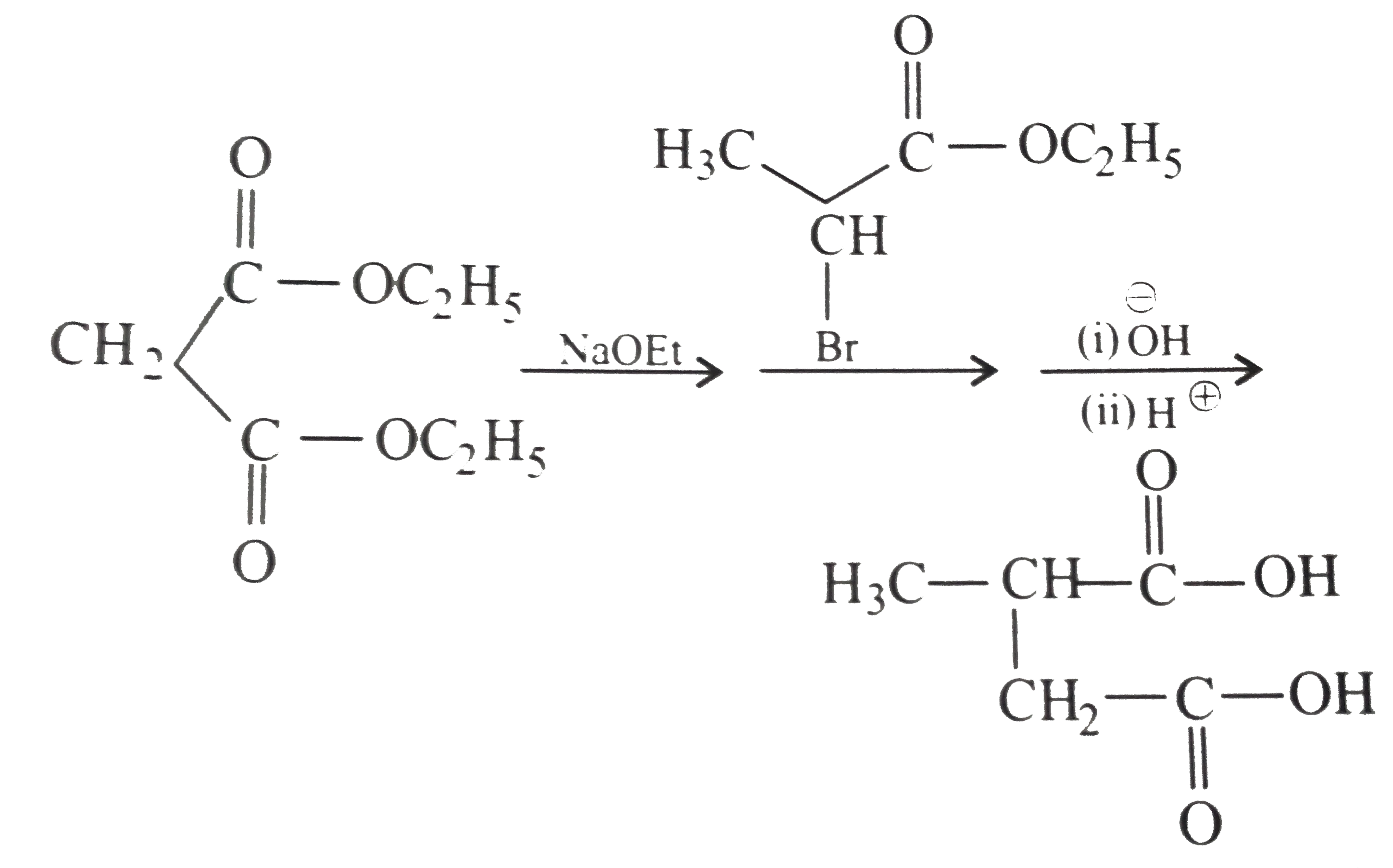Explain briefly the pollinium.
Step-by-Step Solution for the Question: Explain Briefly the Pollinium
1. Definition of Pollinium:
- A pollinium is defined as a cohesive mass of pollen grains that are produced by a single anther of a plant.
Hint: Remember that a pollinium consists of multiple pollen grains, not just one.
2. Origin of Pollinium:
- The pollinium is formed from the pollen grains of one particular plant, specifically from one anther. This means that all the pollen grains in a pollinium are genetically identical and come from the same source.
Hint: Focus on the fact that the source of the pollen grains is crucial for understanding the concept of pollinium.
3. Function during Pollination:
- During the process of pollination, the entire mass of pollen grains (the pollinium) is transferred as a single unit. This ensures that all the pollen grains will land on the same stigma of a flower, which increases the chances of successful fertilization.
Hint: Consider why being transferred as a single unit might be advantageous for the plant.
4. Examples of Plants with Pollinia:
- Pollinia are commonly found in certain groups of plants, most notably in orchids and milkweed. These plants have evolved to utilize this mechanism for more efficient reproduction.
Hint: Think about the types of plants that rely on specific pollination strategies and how pollinia fit into that.
5. Conclusion:
- In summary, a pollinium is a specialized structure that facilitates the transfer of pollen grains from one plant to another, ensuring that they all arrive at the same stigma for effective pollination.
Hint: Summarize the importance of pollinia in the context of plant reproduction.
- A pollinium is defined as a cohesive mass of pollen grains that are produced by a single anther of a plant.
- The pollinium is formed from the pollen grains of one particular plant, specifically from one anther. This means that all the pollen grains in a pollinium are genetically identical and come from the same source.
- During the process of pollination, the entire mass of pollen grains (the pollinium) is transferred as a single unit. This ensures that all the pollen grains will land on the same stigma of a flower, which increases the chances of successful fertilization.
- Pollinia are commonly found in certain groups of plants, most notably in orchids and milkweed. These plants have evolved to utilize this mechanism for more efficient reproduction.
- In summary, a pollinium is a specialized structure that facilitates the transfer of pollen grains from one plant to another, ensuring that they all arrive at the same stigma for effective pollination.
Topper's Solved these Questions
- BOOK - ICSECHAPTER - SEXUAL REPRODUCTION IN FLOWERING PLANTS EXERCISE - PREVIOUS YEAR.S BOARD PAPER QUESTIONS ( Short Answer Type-I Questions)8videos
SEXUAL REPRODUCTION IN FLOWERING PLANTS
- BOOK - ICSECHAPTER - SEXUAL REPRODUCTION IN FLOWERING PLANTS EXERCISE - PREVIOUS YEAR.S BOARD PAPER QUESTIONS ( Short Answer Type-II Questions)4videos
SEXUAL REPRODUCTION IN FLOWERING PLANTS
- BOOK - ICSECHAPTER - SEXUAL REPRODUCTION IN FLOWERING PLANTS EXERCISE - PRACTICE QUESTIONS (Long Answer Type Questions)9videos
SEXUAL REPRODUCTION IN FLOWERING PLANTS
- BOOK - ICSECHAPTER - SELF ASSESSMENT PAPER-4EXERCISE - Part-II (Section C)7videos
SELF ASSESSMENT PAPER-4
- BOOK - ICSECHAPTER - SPECIMEN QUESTION PAPER EXERCISE - QUESTIONS67videos
SPECIMEN QUESTION PAPER
Similar Questions
Explain briefly the term poling.
View SolutionExplain briefly the following:
Alveolar airView SolutionExplain briefly the following:
Residual volumeView SolutionExplain briefly the following terms with suitable examples : sporophyll
View SolutionExplain briefly the following:
Total lung capacityView SolutionExplain briefly the following terms used in communication system :
(i) Transducer
(ii) RepeaterView SolutionExplain briefly the superconductivity.
View SolutionExplain briefly the plant introduction.
View SolutionExplain briefly the formation of the product giving structures of the intermediates.
 View Solution
View SolutionExplain briefly the formation of products giving the strcutures of the intermediates.
 .View Solution
.View Solution

